Have you ever stared into your cat’s eyes and wondered what’s really going on inside that mysterious little head? It’s easy to think cats are aloof, unbothered, or even cold, but the truth is far more surprising. Beneath that silky fur beats a heart full of emotion—a whole set of patterns and feelings that most people never see. These subtle emotional rhythms shape your cat’s world in ways most humans completely miss. If you’ve ever wanted to understand your feline friend on a deeper level, get ready for some eye-opening truths. Let’s dive into the emotional lives of cats and uncover the hidden patterns that make them so endlessly fascinating.
Cats Seek Comfort in Routine

Cats are creatures of habit, clinging to routines like a lifeline. If you’ve ever moved your cat’s food bowl or changed its feeding time, you might have noticed those narrowed eyes and twitchy tail. That’s not just fussiness—it’s your cat expressing discomfort at a break in its emotional security blanket. Routine gives cats a sense of stability in a world that, to them, can feel unpredictable and overwhelming. Even the smallest shift—a new piece of furniture or a different scent in the house—can send ripples through their emotional state. Sticking to predictable patterns isn’t just about convenience for them; it’s a way to manage anxiety and feel safe. This need for routine is something most owners never realize, but it’s deeply woven into a cat’s emotional fabric.
Attachment Through Scent Marking

You’ve probably seen your cat rub its cheeks on your legs, the corners of furniture, or even your shoes. While it looks adorable, it’s much more than a simple stretch or itch. This is scent marking, and for cats, it’s a powerful emotional connection. Cats have scent glands in their cheeks, and rubbing leaves their unique scent behind, kind of like a “love note” only other cats can read. Whenever your cat marks you, it’s not just claiming territory—it’s saying, “You’re part of my world.” This behavior is a sign of attachment and trust, even if it seems subtle. For them, scent is a comforting reminder of belonging, a way to anchor themselves emotionally in their environment.
Seeking Solitude to Process Emotions

People often assume a hiding cat is a scared or sick cat, but there’s more nuance here. Cats sometimes retreat to quiet spaces not just for safety, but to process their emotions. Much like humans who need alone time after a stressful day, cats use solitude to decompress. This behavior is especially common after a loud noise, a new visitor, or a change in the home. Solitude acts as a reset button for their emotional state. When your cat disappears under the bed, it’s not always a cause for concern—it might just be recharging its emotional batteries.
Purring as Self-Soothing

Purring isn’t just about contentment. Yes, cats purr when they’re happy, but they also purr when they’re frightened or in pain. This seemingly contradictory behavior is a form of self-soothing. The rhythmic vibration of purring helps cats calm themselves, almost like the feline version of a deep breath. Research has even shown that purring can promote healing and reduce stress. So, the next time your cat curls up and purrs after a stressful vet visit, it’s tapping into an ancient emotional tool for comfort and resilience.
Mirroring Human Moods

You might not realize it, but your cat is probably picking up on your emotions every day. Cats are remarkably sensitive to human moods and often mirror them in subtle ways. If you’re anxious, your cat might become more withdrawn. If you’re happy and relaxed, your cat may be more playful or affectionate. This emotional mirroring is a pattern cats follow instinctively, helping them adapt to their environment—and to you. It’s their way of staying in sync with the people they trust, even if they never show it outright.
Displaying Jealousy Over Attention

It’s not just dogs who get jealous—cats can be fiercely possessive of their humans. Introducing a new pet, or even paying too much attention to your phone, can spark little acts of jealousy. You might notice your cat sitting on your laptop, nudging your hand, or meowing insistently when you ignore them. This isn’t just attention-seeking; it’s an emotional reaction to perceived competition. Cats crave connection with their chosen people, and when they feel left out, they’ll let you know in their own unique way.
Showing Affection Through Blinking

Slow blinking from a cat isn’t just a cute quirk—it’s an emotional gesture of trust and affection. When a cat looks at you and slowly closes its eyes, it’s essentially giving you a “kitty kiss.” This behavior is a sign that your cat feels safe in your presence, willing to let its guard down. It’s one of the most subtle yet profound ways cats express love, and most owners miss it entirely. You can even try blinking slowly back to your cat—a little silent conversation that deepens your bond.
Hiding Pain to Avoid Vulnerability

Cats are masters at concealing discomfort. In the wild, showing pain would make them vulnerable to predators, so they’ve evolved to mask their feelings. This emotional pattern persists in domestic cats, making it tough for owners to spot when something’s wrong. Limping, hiding, or a sudden change in behavior might be the only clues. It’s a heartbreaking reality that cats often suffer in silence, their emotional need for self-preservation overriding any urge to seek help.
Bonding Through Grooming Rituals
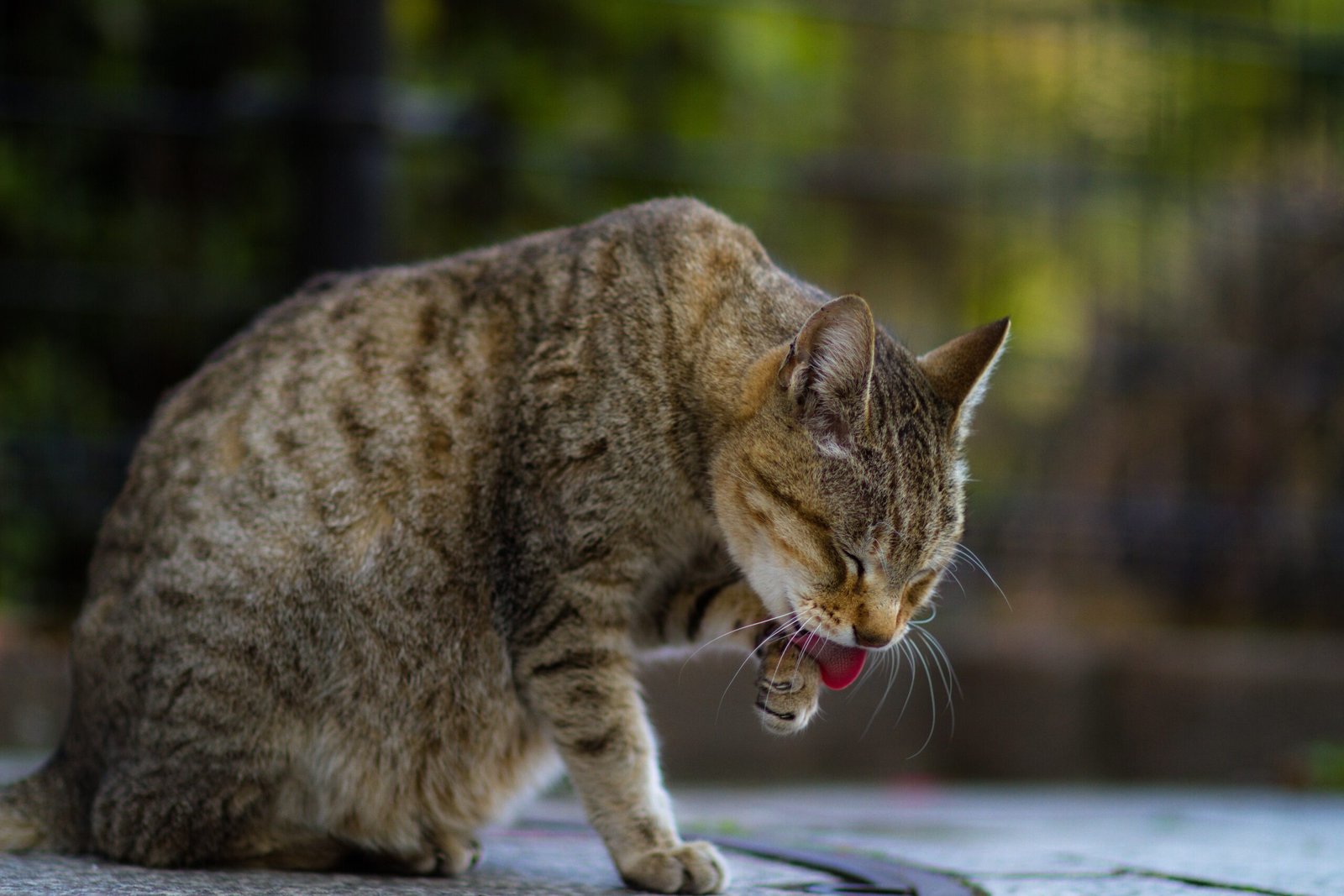
When cats lick each other—or you—they’re engaging in a deeply emotional ritual. Grooming isn’t just about cleanliness; it’s about reinforcing social bonds and showing trust. If your cat grooms you, it’s not just treating you like family, it’s sharing an emotional connection rooted in comfort and belonging. This behavior is left over from kittenhood, when mothers groom their babies. Every lick is a thread in the invisible web that ties you and your cat together.
Reacting to Change With Anxiety
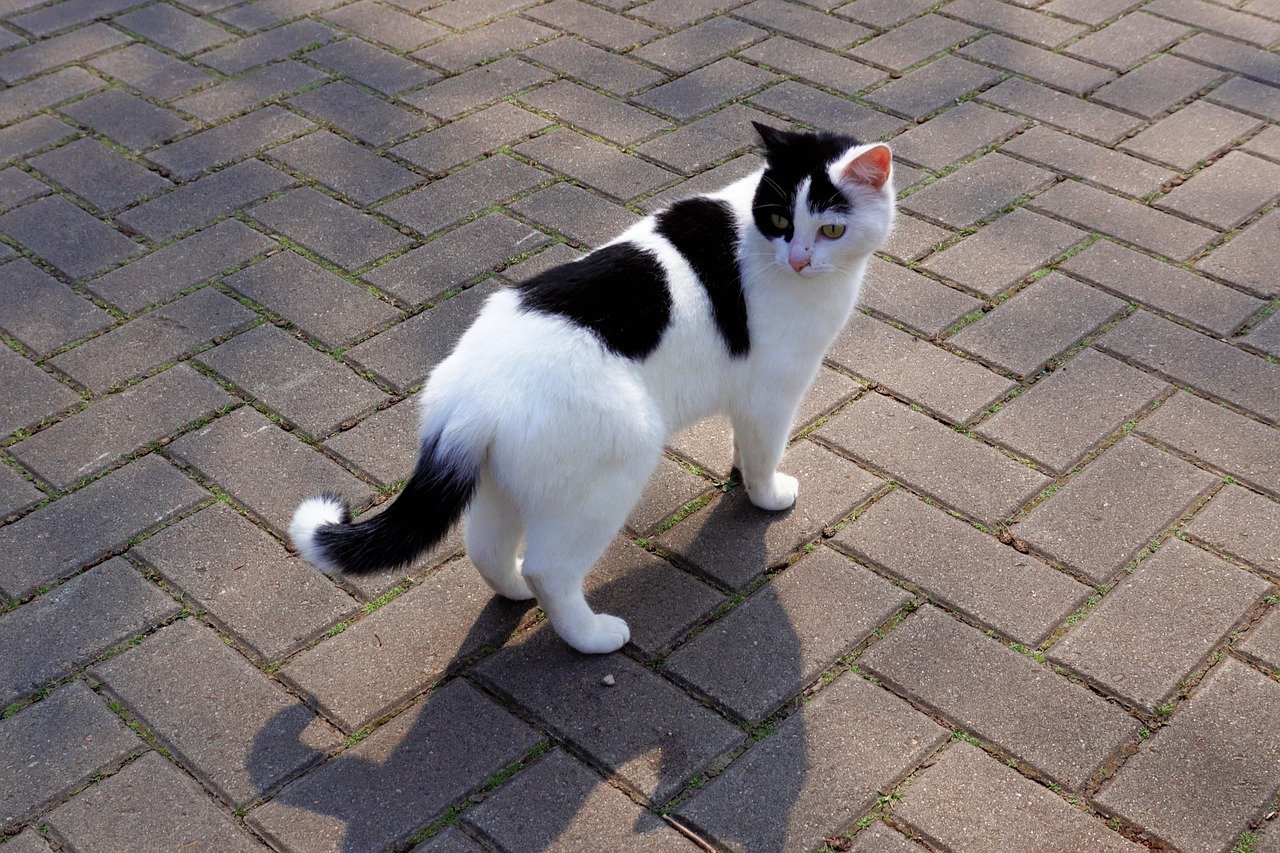
Even the smallest changes—a new scent, a visitor, or rearranged furniture—can send a cat into an emotional tailspin. Cats thrive on predictability, and disruptions to their environment often spark anxiety. You might notice increased hiding, less appetite, or even aggressive behavior. This isn’t just stubbornness; it’s your cat’s way of coping with a perceived threat. Over time, most cats adapt, but their initial emotional response is almost always rooted in a deep need for stability.
Territorial Behavior as Emotional Security

Cats are territorial creatures at heart, and their emotional well-being depends on feeling secure in their space. You might see your cat patrolling the house, rubbing against doorways, or watching the window with laser focus. These are emotional patterns designed to assert control and create a safe zone. Disrupting this territory—by bringing in a new pet or guest—can unsettle your cat more than you’d expect. For them, territory isn’t just physical space; it’s emotional security.
Seeking High Spots for Emotional Control
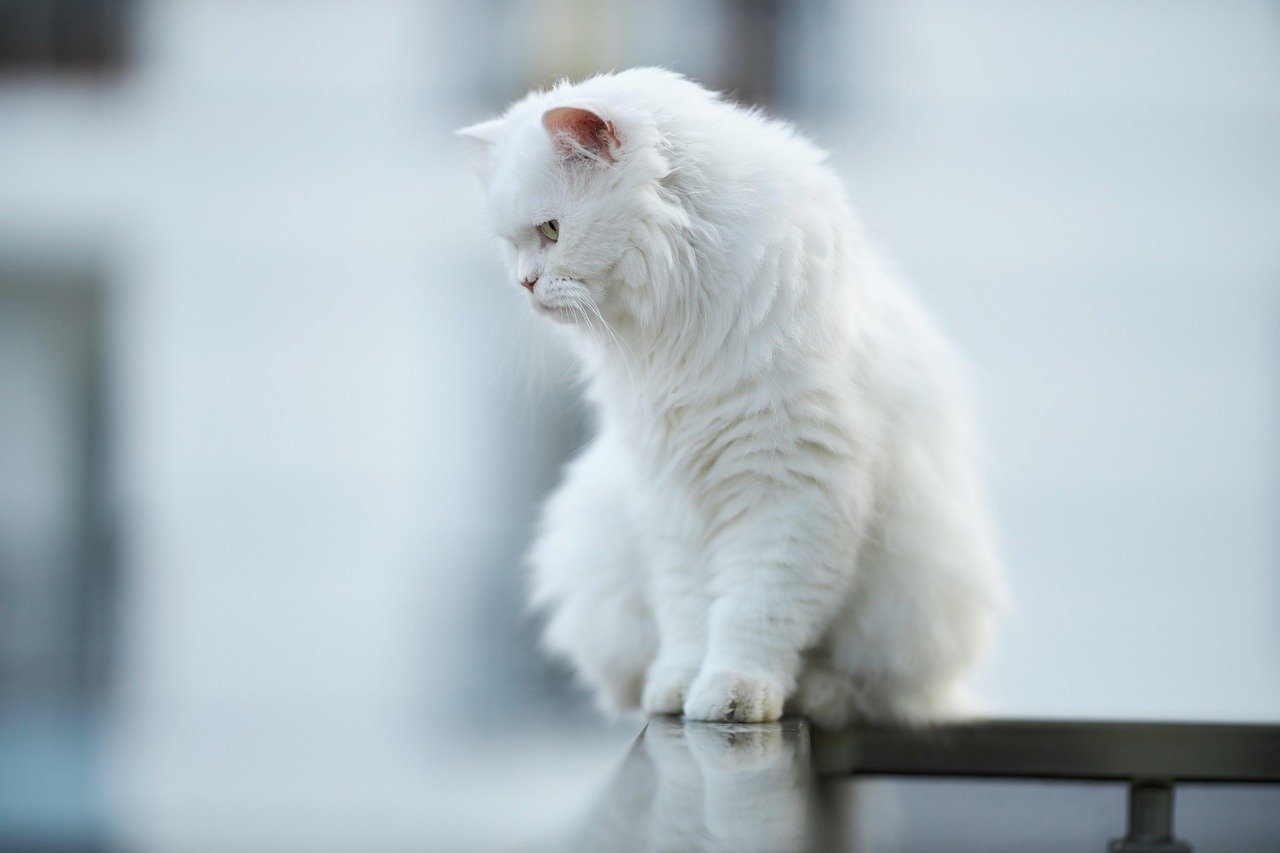
Have you ever wondered why your cat loves to perch on top of the fridge or bookcase? High places give cats a sense of control and safety, calming their emotional nerves. From these vantage points, cats can observe everything without feeling exposed. It’s a throwback to their wild ancestry, where elevation meant safety from predators. By seeking out high spots, your cat is managing its emotional comfort with remarkable strategy.
Expressing Trust With Exposed Bellies
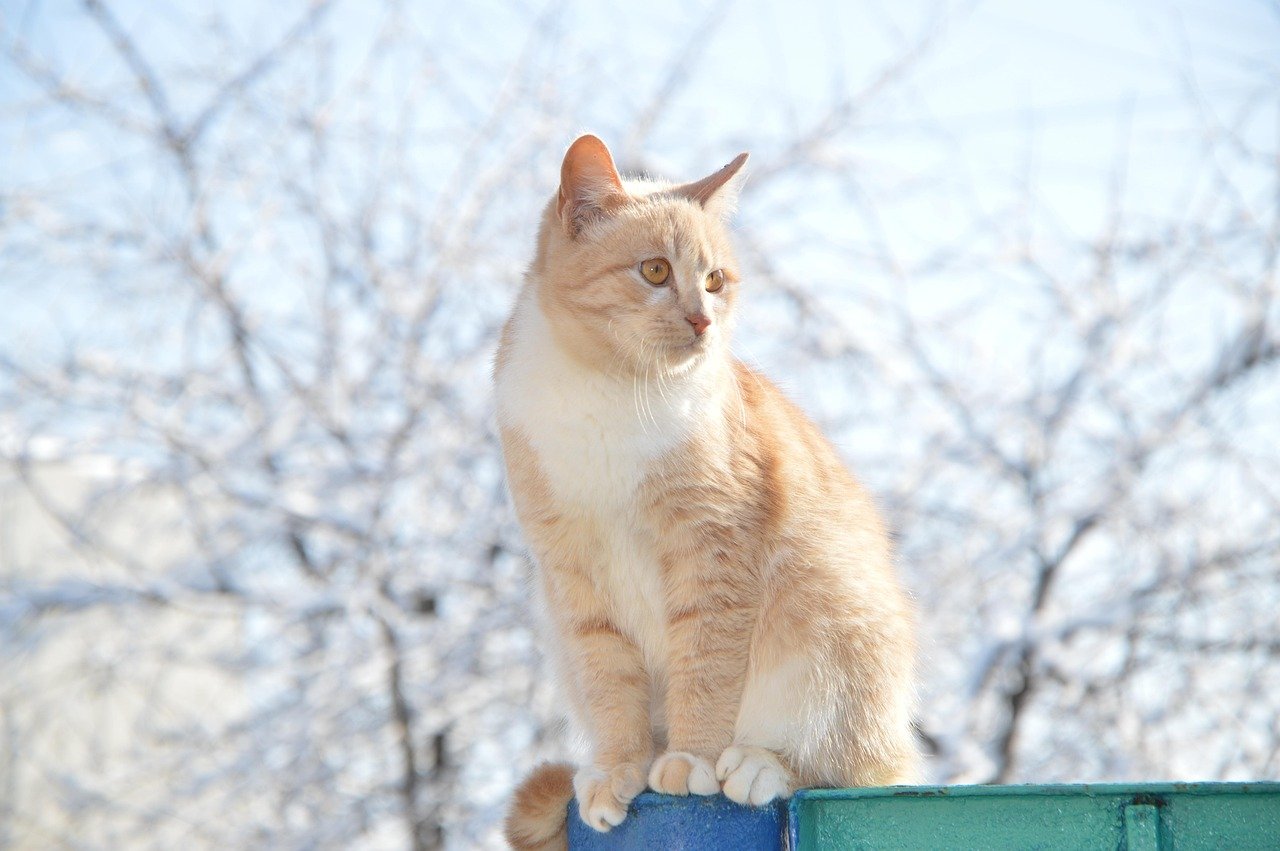
A cat showing you its belly isn’t always an invitation for a rub—it’s a sign of ultimate trust. In the animal kingdom, the belly is the most vulnerable spot, so when your cat rolls over and exposes it, it’s saying, “I feel safe with you.” This emotional display is often misunderstood, leading to surprise scratches when you go in for a belly rub. Recognizing this gesture as a sign of trust, rather than a request for touch, is key to understanding your cat’s emotional language.
Communicating Needs With Vocalizations
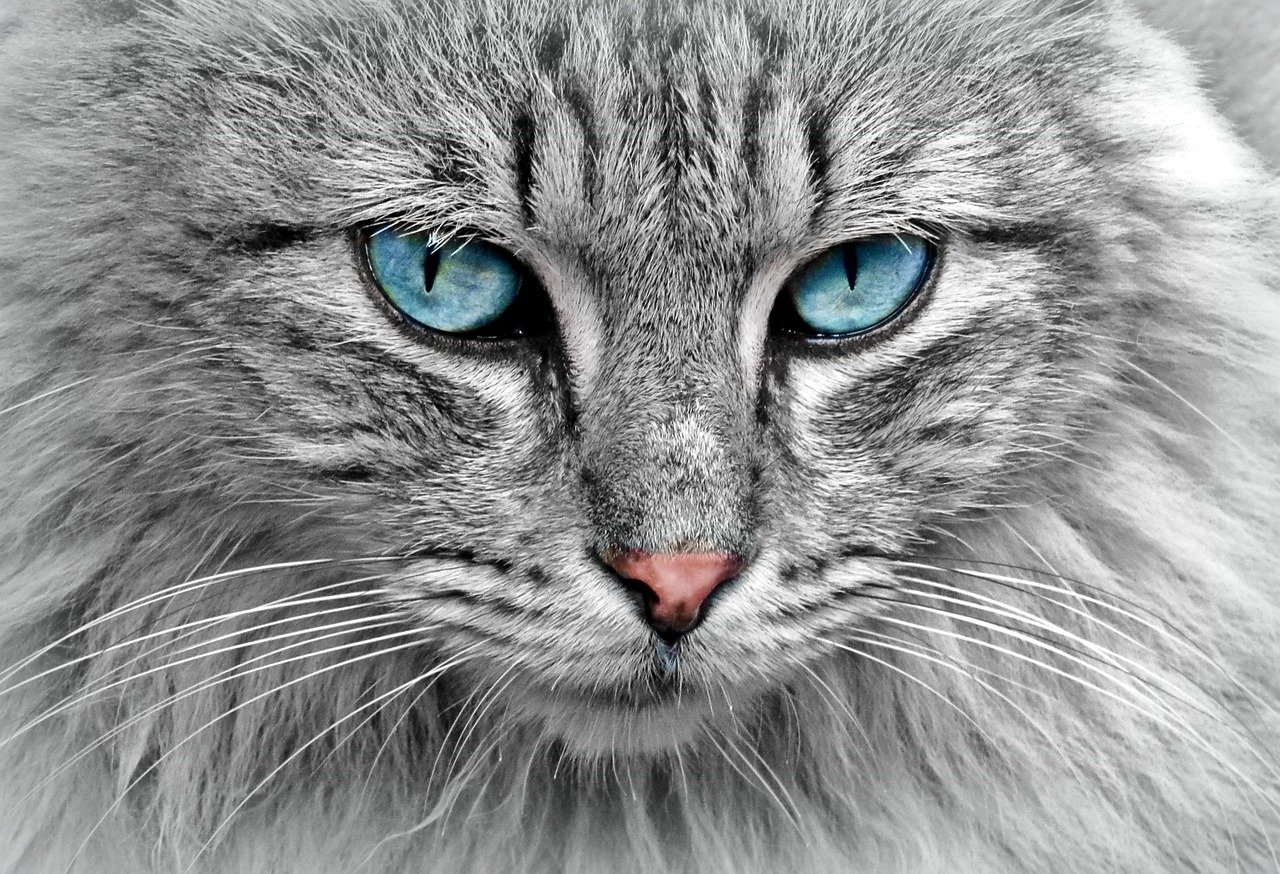
Not all meows are created equal. Cats use a wide variety of vocalizations to express their emotional needs—from chirps and trills to yowls and purrs. Each sound has a different meaning, often tailored specifically for their humans. Some cats develop unique “words” for food, play, or attention. Listening closely to these emotional cues can reveal a lot about what your cat is feeling, even if the message isn’t always crystal clear.
Playful Biting as a Sign of Excitement
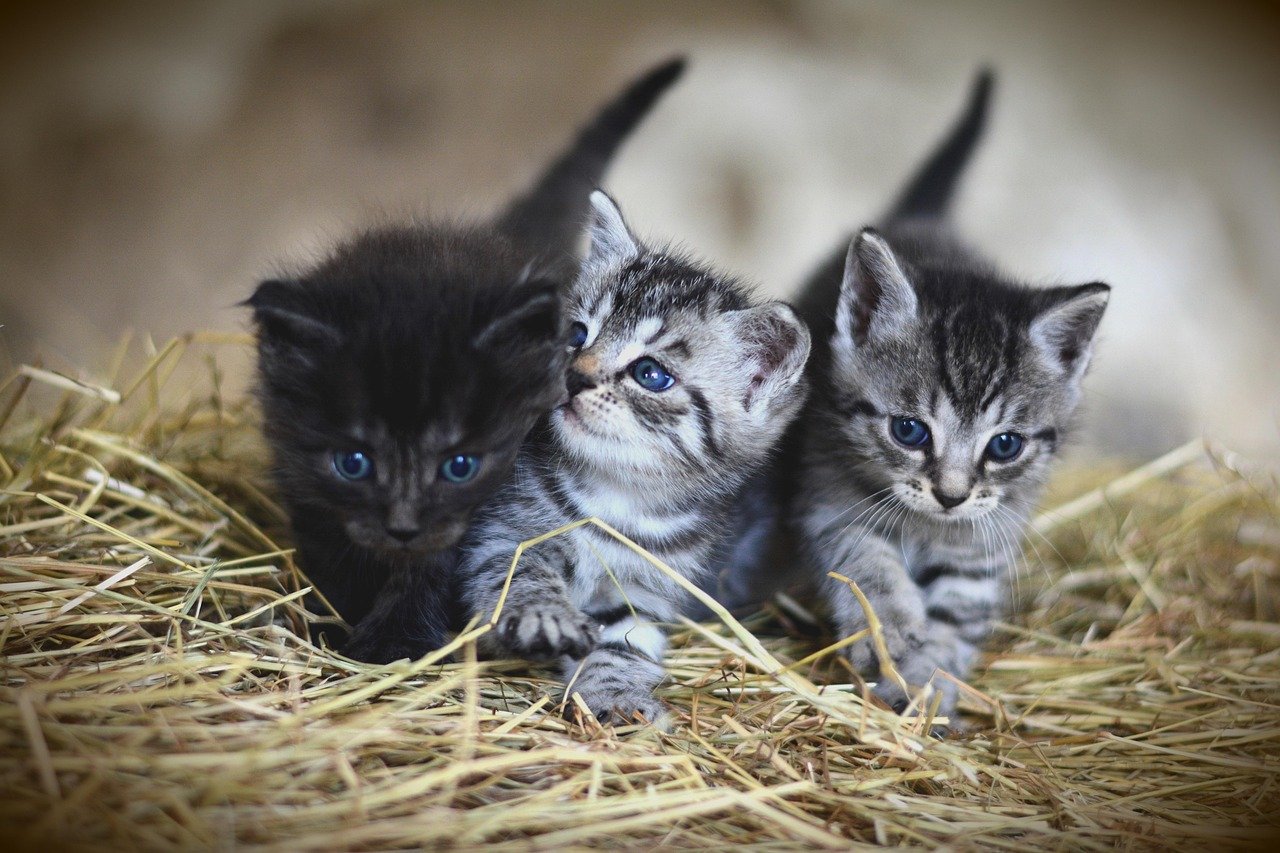
Ever had your cat gently bite your hand during playtime? While it can be startling, this is often an expression of excitement or affection, not aggression. Playful biting is a way for cats to channel their energy and emotions, especially when they feel a surge of happiness or stimulation. It’s important to distinguish between gentle nips and true aggression—your cat is simply sharing its joy in the only way it knows how.
Closeness as a Way to Ward Off Loneliness
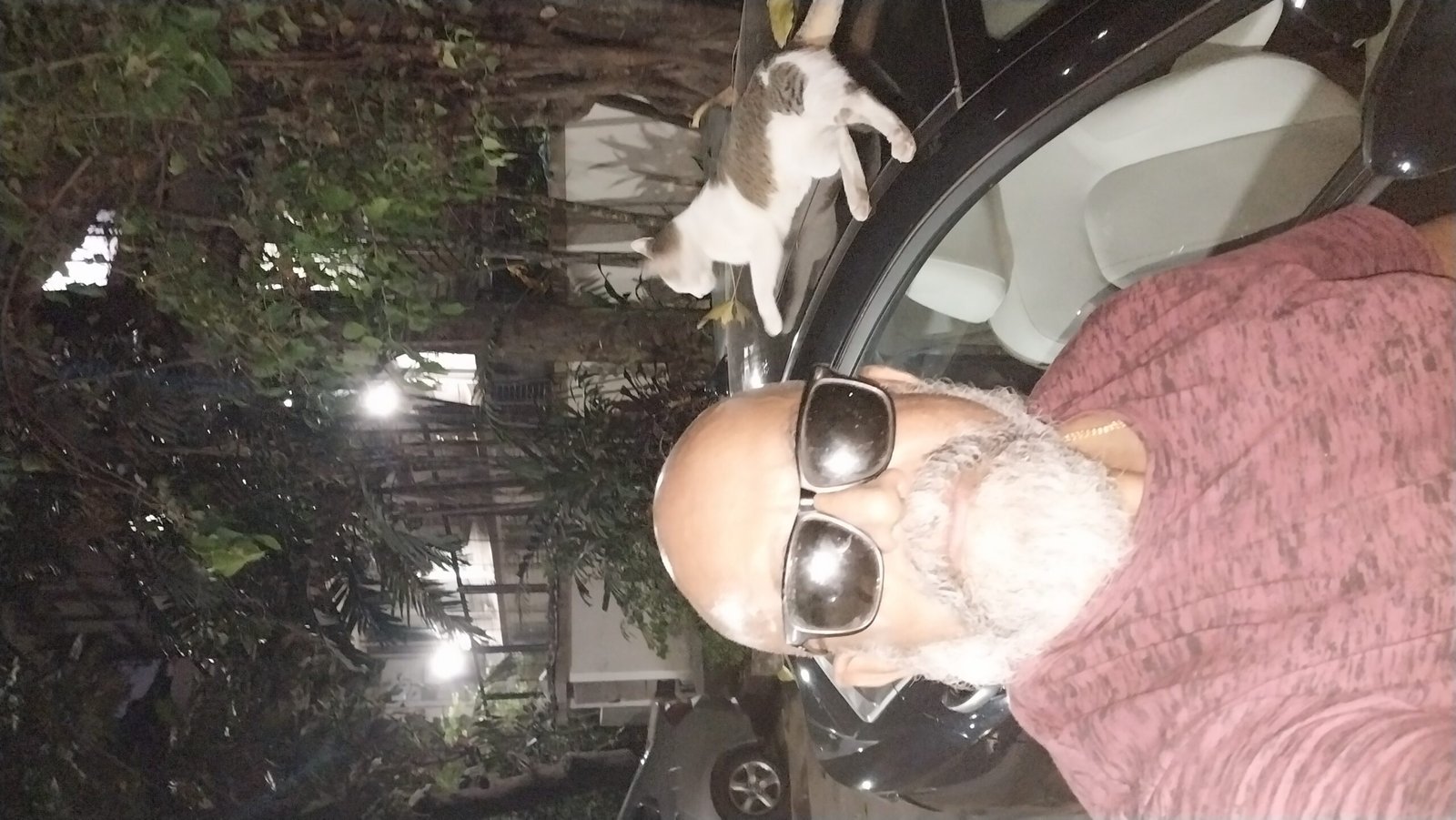
Despite their reputation as solitary creatures, cats can feel lonely and crave companionship. You might notice your cat curling up next to you, following you from room to room, or even sleeping on your pillow. These behaviors are emotional patterns that help cats feel connected and secure. When your cat seeks you out, it’s not just for warmth—it’s for the emotional comfort your presence provides.
Reacting to Human Voices With Emotional Memory

Cats remember voices, especially those tied to positive or negative experiences. If you speak to your cat in a gentle, soothing tone, it will likely respond with affection and calmness. On the flip side, a harsh tone can spark anxiety or avoidance. This emotional memory shapes how your cat reacts to you over time, building trust or wariness based on your interactions. It’s a powerful reminder that your words and tone impact your cat’s emotional world.
Displaying Grief After Loss

Cats feel loss deeply, whether it’s the passing of a fellow pet or a change in the household. You might notice your cat acting withdrawn, refusing food, or searching for the lost companion. These are signs of feline grief, an emotional pattern that’s often overlooked. Cats need time to process loss, and gentle support from you can make a world of difference in their emotional recovery.
Curiosity as an Emotional Outlet
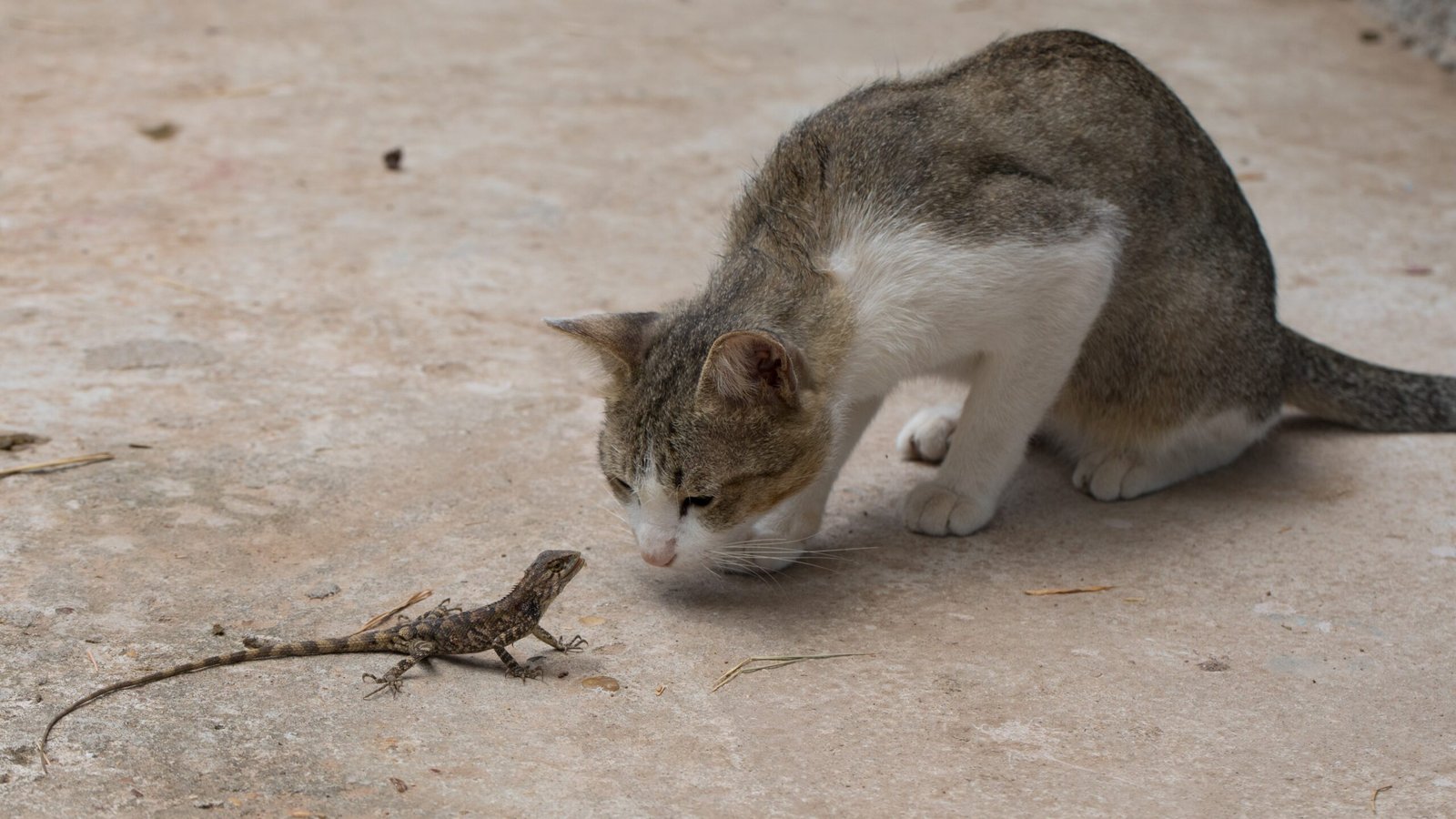
Curiosity isn’t just a personality trait in cats—it’s an emotional drive. Exploring new objects, sniffing out scents, and investigating every nook and cranny helps cats process excitement and alleviate boredom. This constant curiosity is a way for cats to stay emotionally engaged with their environment. Denying them opportunities to explore can lead to frustration or even depression, so it’s important to nurture this emotional pattern.
Anticipating Events With Emotional Intelligence

Cats are surprisingly good at predicting regular events. They seem to know when it’s almost dinner time or when you’re about to leave for work. This anticipation isn’t just about routine—it’s a form of emotional intelligence. By tuning into subtle cues like footsteps, routines, and even your mood, cats prepare themselves emotionally for what’s coming. This ability helps them feel more in control and less anxious about the unknown.
Offering Gifts as Emotional Expressions

If your cat has ever dropped a “gift” at your feet—be it a toy or something less pleasant—it’s a profound emotional gesture. In the wild, bringing back prey is a way to care for the group. At home, your cat is offering you a piece of its world, sharing what matters to it. While you might not appreciate a feathered surprise, it’s your cat’s way of saying, “You’re family.” This emotional pattern is as ancient as it is misunderstood.
Hi, I’m Bola, a passionate writer and creative strategist with a knack for crafting compelling content that educates, inspires, and connects. Over the years, I’ve honed my skills across various writing fields, including content creation, copywriting, online course development, and video scriptwriting.
When I’m not at my desk, you’ll find me exploring new ideas, reading books, or brainstorming creative ways to solve challenges. I believe that words have the power to transform, and I’m here to help you leverage that power for success.
Thanks for stopping by, Keep coming to this website to checkout new articles form me. You’d always love it!






